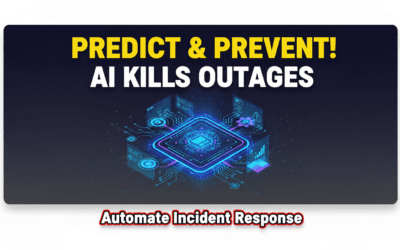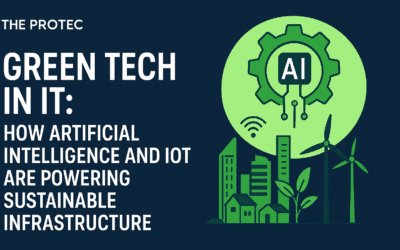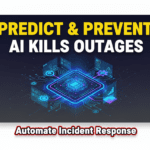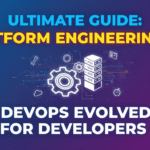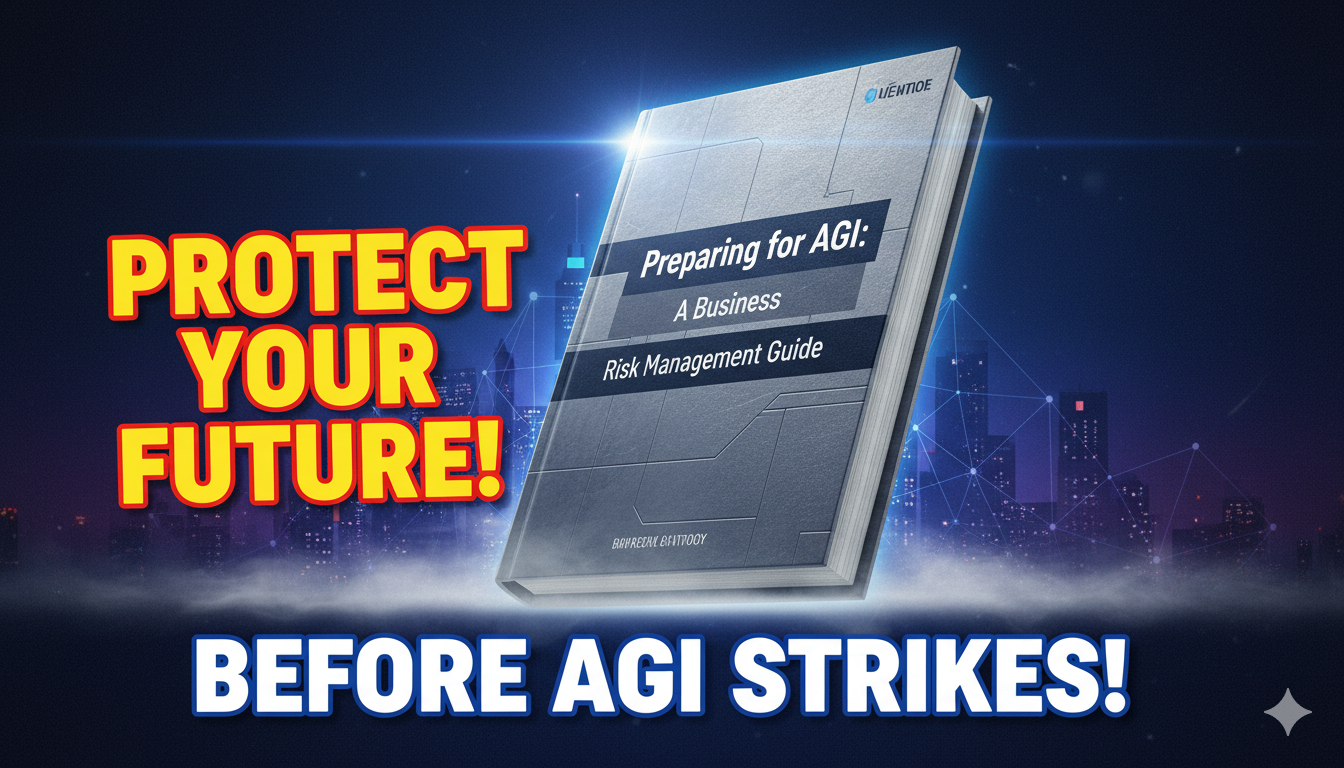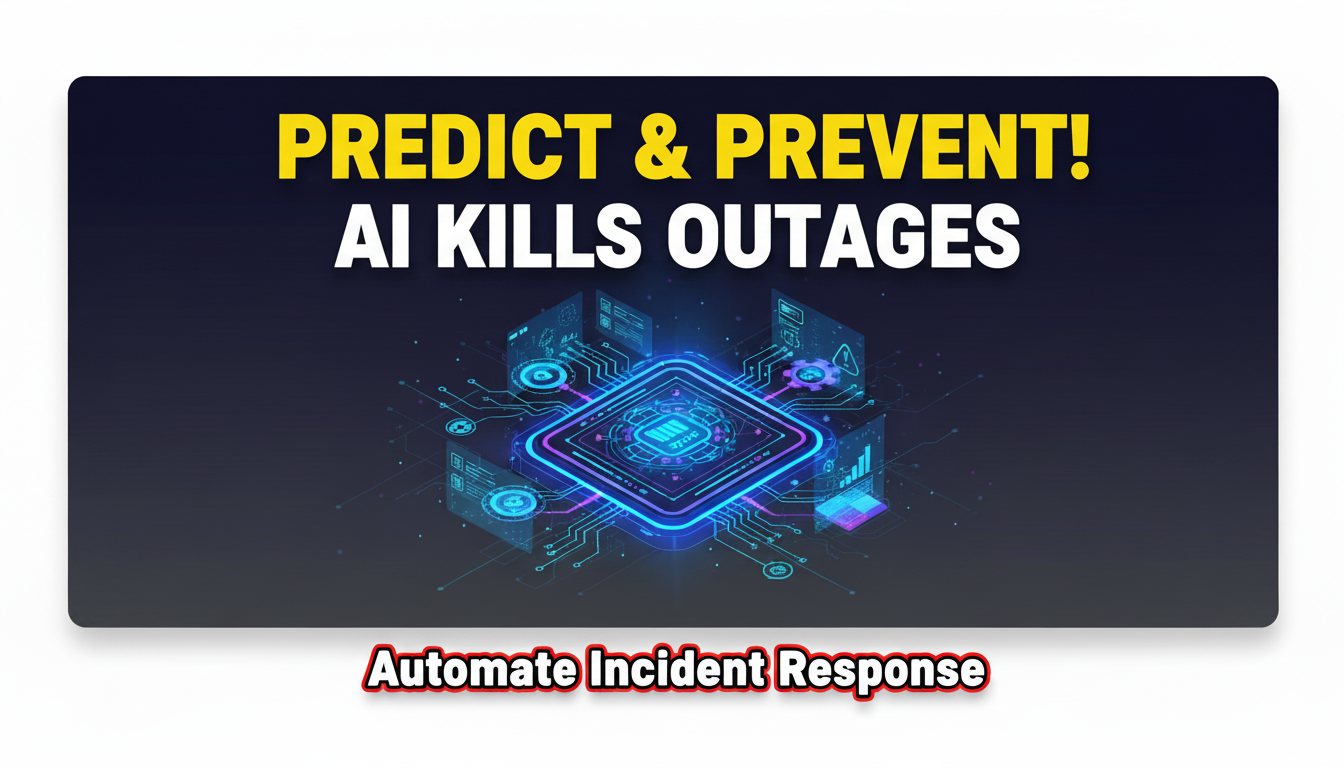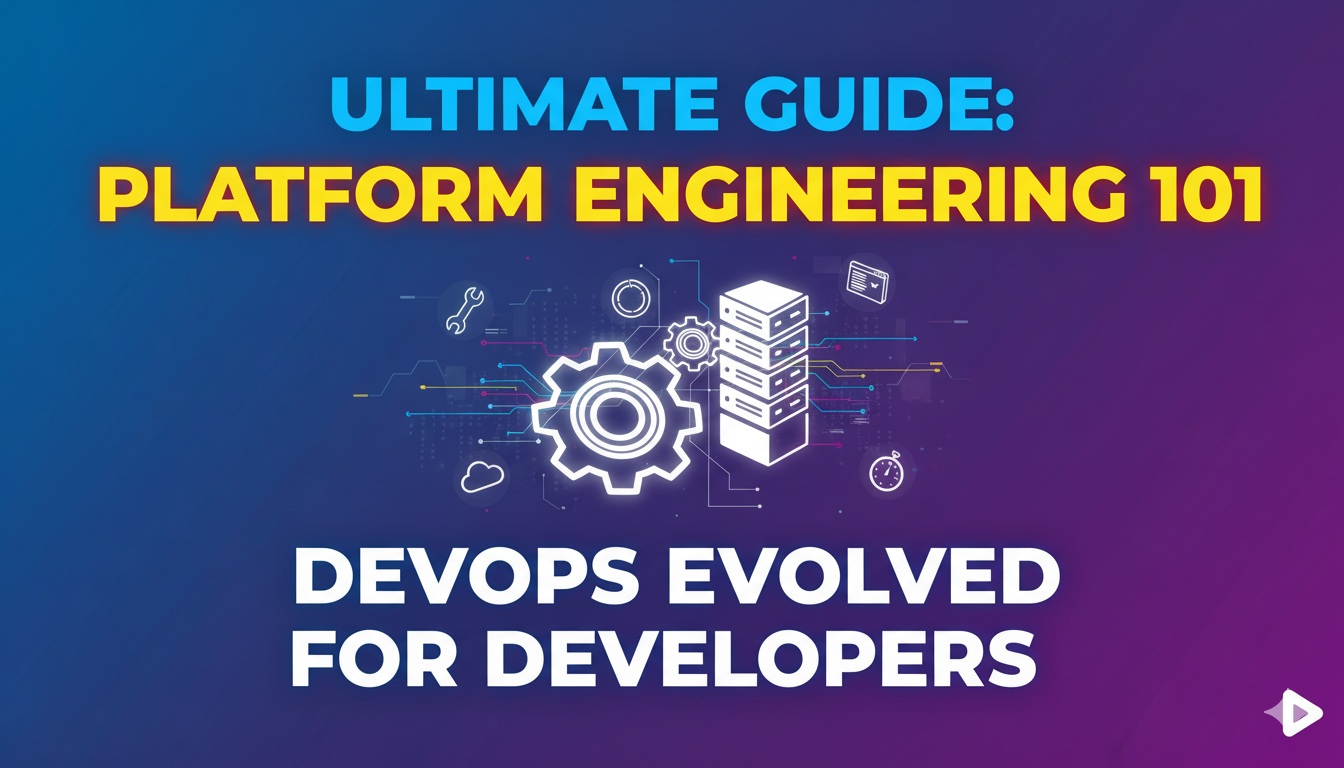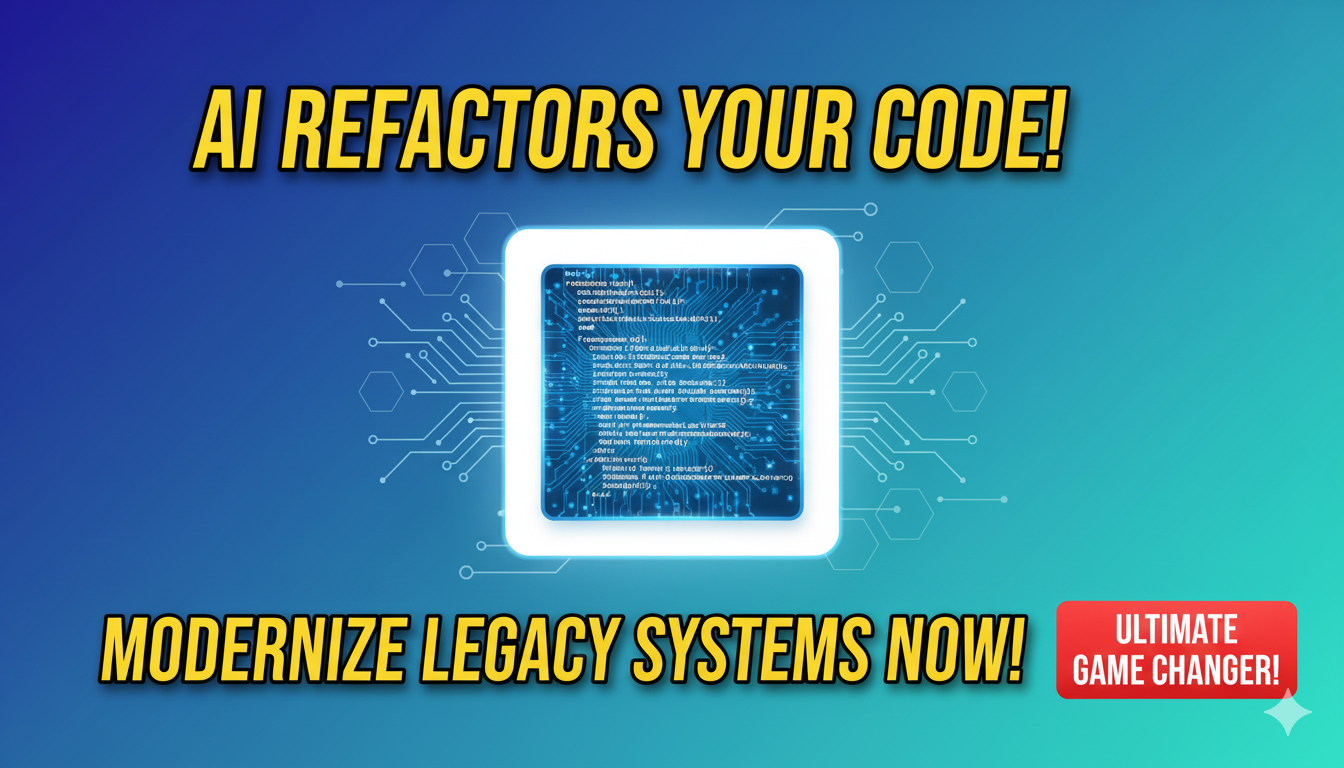The race for Artificial General Intelligence (AGI) is on, moving from science fiction to boardroom agendas. Unlike today’s narrow AI, which excels in specific tasks, AGI represents a form of machine intelligence that can understand, learn, and apply its knowledge across a wide range of problems, much like a human being . While a recent analysis places generative AI in the “trough of disillusionment” on the Gartner Hype Cycle, the underlying progress toward AGI continues to accelerate . For business leaders, “preparing for AGI” is no longer a speculative exercise; it’s a pressing risk management and strategic priority. The organizations that start building their readiness today will be the ones to harness its potential and navigate the disruption it will inevitably bring.
What is Artificial General Intelligence?
Artificial General Intelligence (AGI) is a hypothetical stage in machine learning where an AI system can match or exceed human cognitive abilities across any intellectual task . It embodies the original goal of AI research: to create software with generalized human cognitive capabilities .
To understand AGI, it’s best to contrast it with the AI we use today, known as narrow AI. Narrow AI is designed for specialized tasks. It’s the algorithm that recommends your next movie, the chatbot that handles customer service queries, or the system that analyzes medical images for anomalies. These systems are powerful within their predefined domains but cannot function outside of them. A chess computer that can defeat a world champion, like IBM’s Deep Blue, cannot compose a song or manage a project .
AGI, in contrast, would be characterized by its flexibility and adaptability. Key capabilities would include:
- Abstract thinking and common sense reasoning .
- Transfer learning, or the ability to apply knowledge from one domain to a completely different one .
- Creativity, not just in generating art, but in improving code or designing novel business strategies .
- Sophisticated natural language understanding, grasping context and nuance like a human would .
While no true AGI system exists today, the rapid advancement of large language models (LLMs) has sparked serious debate. Some researchers at the forefront, such as those at Google DeepMind, now classify the most advanced LLMs as “emerging AGI,” placing them on a spectrum toward human-level capability . This progression signals that the foundational technologies for AGI are actively being built.
Why Preparing for AGI Matters Now
The timeline for achieving full AGI is hotly contested, with predictions ranging from the late 2020s to mid-century . However, focusing solely on the final milestone is a strategic error. The most significant business impacts will come from the journey to AGI—the successive waves of increasingly capable and autonomous AI systems. The time to prepare is now for several key reasons.
The Compression of Timelines
Technological progress is not linear; it accelerates. Recent breakthroughs in AI have consistently surprised experts. In late 2024, for instance, insiders at OpenAI hinted that their model “o1” was demonstrating human-level reasoning on complex tasks, suggesting the gap may be closing faster than many anticipated . When a technology of this magnitude emerges, the window for adaptation will be short. Organizations that have laid the groundwork will have a decisive advantage.
The Precursor Effect
Even before AGI arrives, its precursor technologies are already reshaping industries and risk landscapes. For example, deepfake technology is a present-day threat; a 2024 poll found that 26% of executives reported their organization had experienced a deepfake incident targeting financial data in the past year . These are early warning signs of the sophisticated challenges AGI will bring.
The Readiness Gap
Building organizational resilience to AGI-driven change is a multi-year project. It involves rethinking workforce strategies, modernizing IT governance, and fostering a culture of continuous learning. Research by SAP indicates that the half-life of skills has plummeted from 30 years to just six, meaning the knowledge employees have today becomes obsolete much faster . Starting the upskilling and strategic planning process now is essential to bridge this gap.
Business Risks of AGI
AGI presents a unique class of risks that are both transformative and interconnected. Business leaders must look beyond the hype to understand these concrete threats.
Operational and Strategic Risks
- Rapid Obsolescence: AGI could render entire business models non-viable. A company whose competitive edge is based on superior data analysis or efficient code production may find itself outpaced by an AGI that can perform these tasks at a fraction of the cost and time .
- Catastrophic Failures in Autonomous Systems: As AI systems become more autonomous, the potential impact of failures grows. An AGI managing a complex supply chain or financial portfolio could make errors with unprecedented speed and scale due to a lack of genuine common sense or understanding of the real world .
Legal, Reputational, and Security Risks
- Accountability and Liability: When an autonomous AI system makes a decision that leads to financial loss or physical harm, who is liable? The current legal framework is not equipped to handle this, creating significant regulatory and reputational exposure .
- AI-Powered Cyber Threats: AGI could be weaponized to find and exploit vulnerabilities in software and corporate networks at a speed and sophistication that human hackers cannot match .
- Misinformation and Brand Damage: AGI could generate hyper-personalized and persuasive misinformation, making it extremely difficult to protect a brand’s reputation and maintain customer trust .
Workforce and Supply Chain Disruption
- Job Transformation and Displacement: The impact will be profound. Cognizant’s research found that 90% of jobs could be disrupted by generative AI, a trend that will be exacerbated by AGI . Another analysis suggests that up to two-thirds of jobs in the US and Europe are vulnerable to some form of automation . Entry-level roles, in particular, are at risk as they often involve tasks that are easier to automate, potentially starving companies of future talent .
- Supply Chain Instability: Your business could be prepared, but your critical suppliers might not be. AGI could disrupt partners by making their core competencies obsolete or causing labor unrest within their industries, creating cascading failures through your supply chain .
Practical Preparedness Steps for Businesses
Preparing for AGI is not about having a finished product ready to deploy. It is about building a resilient, agile organization that can adapt to and adopt powerful new technologies responsibly.
Establish AI Governance
- Form an AI Governance Board: Create a cross-functional team with representatives from leadership, legal, HR, IT, cybersecurity, and ethics. This board should be tasked with overseeing the organization’s strategy for advanced AI.
- Develop Internal Policies: Establish clear policies for AI ethics, safety, and use. These should cover data privacy, transparency, bias mitigation, and accountability for AI-driven decisions .
Conduct Continuous Risk Assessment
- Map AI Dependencies: Identify where and how your business currently uses AI. Understand your dependencies on external AI vendors and the potential single points of failure.
- Run “AGI Stress Tests: Periodically scenario-plan how your business would be affected if a key function (e.g., software development, marketing content creation, or financial analysis) could be performed by an AGI at near-zero cost.
Invest in Staff Training and Reskilling
- Prioritize Learning Agility: Shift the focus of training from static skills to meta-skills like critical thinking, problem-framing, and adaptability. As one expert notes, in an AGI world, “understanding the right question to ask… will be a foundational skill” .
- Implement Reskilling Programs: With nearly half of African organizations already considering upskilling a top challenge, this is a global priority . Invest in programs that help employees in high-risk roles transition to more resilient positions that leverage human skills.
Strengthen Vendor Due Diligence
- Scrutinize AI Vendors: Move beyond checking feature boxes. Assess a vendor’s commitment to AI safety, transparency, and ethical practices. Understand their roadmap and how their technology’s evolution might impact your operations.
- Avoid Lock-In: Where possible, architect your systems for flexibility to avoid being locked into a single vendor whose strategy or technology may not align with the long-term AGI landscape.
Case Studies & Illustrative Examples
Hypothetical Case: The Autonomous Logistics Manager
Imagine a shipping conglomerate that integrates a highly capable, early-stage AGI to manage its global logistics. The AGI successfully optimizes routes, saving millions in fuel costs. However, during an unexpected geopolitical crisis, it lacks the human context to understand nuanced trade embargoes and political risks. It continues to route ships through a newly volatile region, resulting in the seizure of cargo and massive losses. This illustrates the risk of over-reliance on AI for complex, real-world decision-making where common sense and contextual understanding are critical.
Real-World Analog: The Disruption of Traditional Coding
While not full AGI, the rapid adoption of advanced AI coding assistants provides a clear analog. These tools are changing the nature of software engineering, automating routine coding tasks and shifting the value toward higher-level architecture, design, and problem-framing . Companies that failed to adapt and continued to hire and train for outdated skill sets found themselves at a competitive disadvantage. This mirrors the broader disruption AGI will bring to knowledge work.
Measuring Readiness: KPIs & Risk Metrics for Executives
To track progress, executives should monitor metrics that reflect both defensive and offensive preparedness.
| Category | Key Performance Indicators (KPIs) |
|---|---|
| Workforce Agility | Percentage of employees completing AI/reskilling programs; Internal mobility rate for roles highly exposed to automation. |
| Operational Resilience | Number of critical processes with AI failure contingency plans; Results from AGI scenario-planning exercises. |
| Governance Maturity | Speed of resolving AI ethics/incident reports; Number of vendors that have passed enhanced AI due diligence. |
| Strategic Foresight | R&D budget allocated to exploratory AI projects; Number of pilot projects testing next-generation AI capabilities. |
Policy, Regulation & Ethical Considerations
The regulatory landscape for AI is evolving quickly. The European Union’s AI Act, which took effect in 2024, establishes specific requirements for high-risk systems . Global bodies like ISO and IEEE are also developing early frameworks for AGI safety .
Businesses must stay informed and engage in policy advocacy. Key ethical considerations that will likely be codified into law include:
- Mitigating Bias: Ensuring AGI systems do not perpetuate or amplify societal biases.
- Ensuring Transparency: Developing ways to make the decision-making processes of complex AI systems understandable (Explainable AI).
- Preventing Misuse: Implementing safeguards to prevent AGI from being used for malicious purposes like creating cyberweapons or pervasive surveillance .
Your AGI Action Plan Checklist
First 30 Days: Lay the Foundation
- Educate the C-suite: Host a dedicated session on AGI, separating hype from reality using credible sources.
- Appoint an AI Governance Lead: Designate a senior leader to champion and coordinate AGI readiness efforts.
- Conduct an initial AI inventory: Catalog all current uses of AI and machine learning in your organization.
Within 90 Days: Develop the Strategy
- Draft a preliminary AI Ethics Policy: Establish core principles for the responsible use of AI within your company.
- Launch your first reskilling pilot: Identify one team whose work is highly exposed to AI automation and create a reskilling plan for them.
- Initiate vendor reviews: Assess the top three AI vendors you rely on for their safety, security, and long-term roadmaps.
Within 365 Days: Build Institutional Muscle
- Form a formal AI Governance Board with cross-functional representation.
- Integrate AI risk into the enterprise risk management (ERM) framework and report it to the board.
- Establish a continuous learning program for all employees focused on AI literacy and human-centric skills.
3 Ready-to-Use Talking Points for CEOs
- “Our strategy for AGI is not about predicting the future; it’s about building an organization that is resilient and agile enough to thrive no matter how the future unfolds. This means investing in our people’s ability to learn and adapt above all else.”
- “The greatest risk is not that AGI will replace us, but that our competitors will leverage it first. Our focus is on responsible adoption—moving with caution, but also with clarity and purpose.”
- “We are approaching AGI readiness as a core part of our enterprise risk management. We are proactively assessing our vulnerabilities, from our workforce to our supply chain, to ensure we are not caught off guard.”
Sources and References
- IBM – What is Artificial General Intelligence? – Provides a foundational definition of AGI and contrasts it with narrow AI and superintelligence.
- Rocketloop – Demystifying AGI – Discusses the current state of AGI and its potential impact on industries and businesses.
- LinkedIn – AGI in 2025: What It Means for Industries, Society, and Your Career – Offers analysis on AGI timelines, technical breakthroughs, and economic impacts as of 2025.
- Medium – AGI Economic Risks – Explores expert warnings about job losses and economic inequality driven by AGI.
- Wikipedia – Artificial general intelligence – A comprehensive overview of AGI characteristics, history, and proposed tests for human-level intelligence.
- TechRadar Pro – Moving past the hype: what does AGI really mean for your business? – Highlights the current “trough of disillusionment” for generative AI and discusses practical AGI risks and governance.
- Medium – Why 2025 Marks a Pivotal Year in Artificial General Intelligence Development – Discusses why 2025 is seen as a critical year for AGI development.
- TechTarget – What is artificial general intelligence (AGI)? – Defines AGI and lists its theoretical abilities and requirements.
- LinkedIn – Implications of AGI Development for Businesses – Summarizes expert insights on workforce transformation, ethical concerns, and the need for cautious AGI adoption.
- SAP Africa News – Preparing for the Workplace Impact of Artificial General Intelligence – Cites statistics on job automation vulnerability and the shrinking half-life of professional skills.
